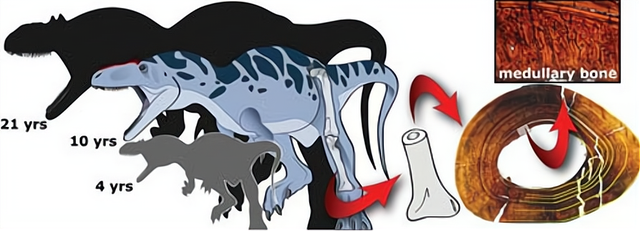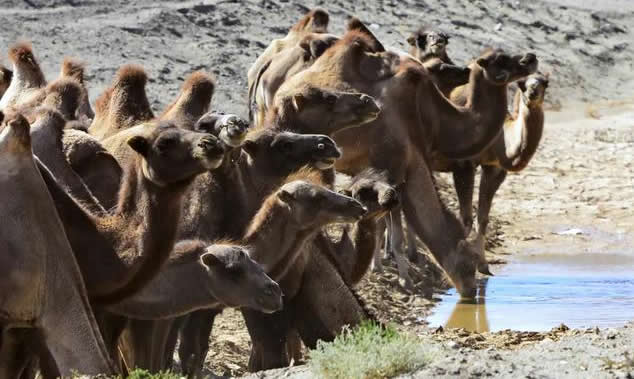Tiger tummies are flabby and lion tummies are round? This is obviously not true, as tigers and lions, as well as other feline bellies, are in fact flabby and saggy, which is just less obvious in lions than in tigers, and as a common feline feature, this feature plays a vital role for them.
Here we will talk about why the lion's belly is less pronounced than the tiger's. And what is the purpose of this sagging belly?
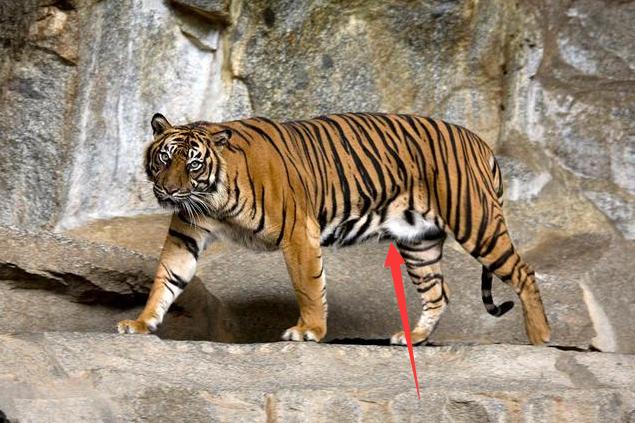
What exactly is a sagging tummy? What is the purpose of it?
People who eat without restraint will cause obesity, at which point beer bellies and pot bellies will follow, but the flabby bellies of animals such as tigers and lions are not pot bellies, but primordial pouches.
The primitive pouch is a loose piece of skin tissue that extends from the abdomen to the inside of the hind legs in felines. It is one of the common and important features of felines, and of all the felines, the primitive pouch is the most obvious.
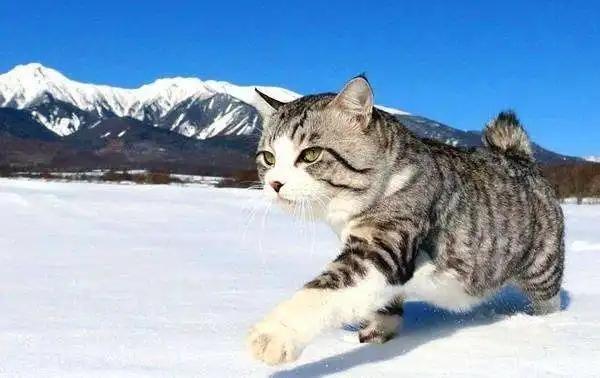
Especially when they walk, this loose belly will sway back and forth, looking similar to the belly we have when we jump up and down when we run, but there is actually a huge difference between the two. Firstly, our pot bellies are formed by a thin layer of skin wrapped around a thick layer of fat, whereas the feline primitive pouch is made up of a small amount of fat as well as loose skin.
Although from the components, both fat and skin, but in the function of a world of difference, our belly will give us trouble (such as the waistband can not be tied, squatting, when running in the way, etc.), is no positive effect, but the tiger, lion, cat and other animals "Belly" But but the 'bellies' of animals such as tigers, lions and cats have three functions that enable them to survive better.
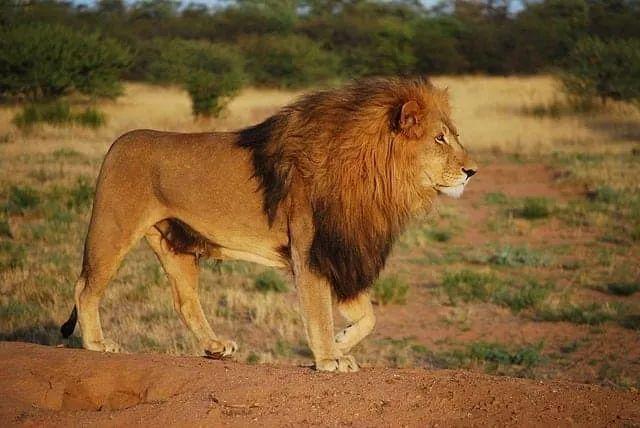
First: Agility and speed. Felines are natural hunters, agile and able to hunt thanks not only to their strong bodies, well-developed limbs, sharp claws and teeth, but also to their primitive pouches. Firstly, when the feline lunges at its prey, the flabby primitive pouch is then straightened, giving the feline better body extension, and some animals like caracals and cats they are also able to flip in the air.

All of these movements are made possible by the normally seemingly flabby primitive pouch, which allows them to reach farther and higher objects, and secondly, by speed, which also stretches the feline's front and hind legs very much when running, as in the following cheetah running.
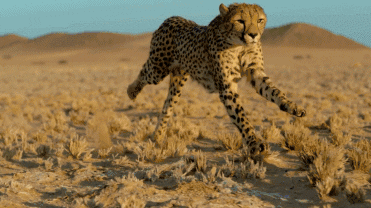
As we can see from the cheetah's running posture above, when running, their front limbs will stretch forward as far as possible, while their hind legs have to swing back as far as possible, a movement that would be difficult to do with tight abdominal skin, while the loose primitive pouch allows them to stretch their front and hind limbs to the maximum extent, facilitating their high speed running.
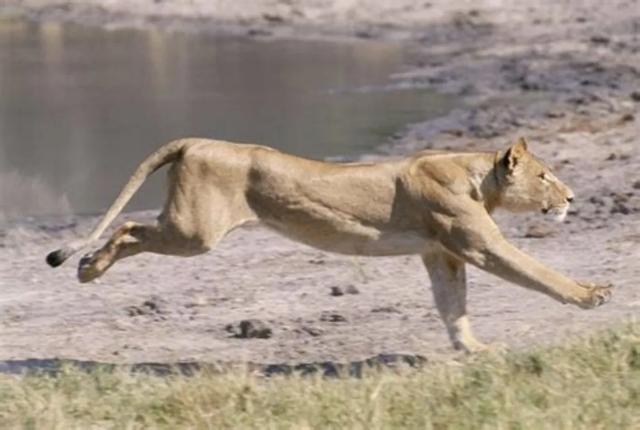
Second: Protection. Which protects itself better from the same piece of skin, given the same injury? Let us assume that two male lions or tigers are dueling, they sometimes stand up and their sharp paws go back and forth, when the abdomen is exposed to the attack of the other, and under the abdominal skin are various vital internal parts.
In a duel, with tight abdominal skin, a single cut from the claws could result in death, but with a loose primitive pouch it acts as a cushion and protection, which is very important.
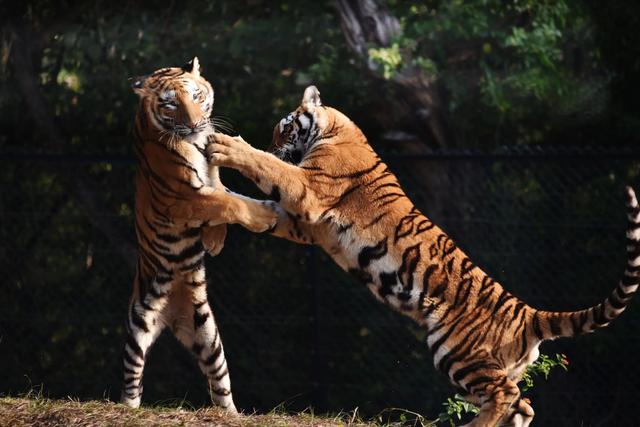
Third: More stored energy. Although wild cats are nature's top predators, even fierce big cats like tigers and lions have an average hunting success rate of only about 20%, which means they only get meat once every five trips, which makes them often hungry, so it is especially important to stay better alive when they don't get prey.
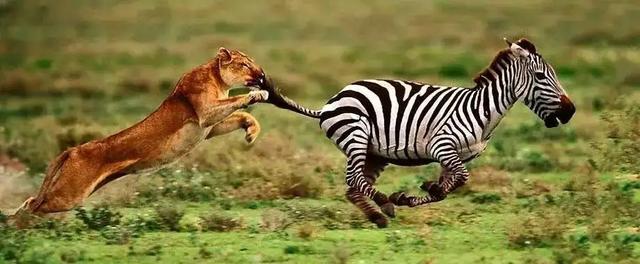
So how do you get by without food, given the same external conditions? The answer is simple: Eat more. Animals have highly extensible stomachs, which allow them to eat more food, but the gradual increase in stomach size can create a compression if the skin on the abdomen is still very tight.
However, the looser primitive pouch enables the stomach to have more room to expand and allows the feline to eat more food.

So it is not only tigers that have a loose stomach, but also lions, especially if they are all fasting, and the 'big belly' is very visible, but their 'big belly' (primordial pouch) is different from ours, and for them the primordial pouch is a special organ that helps them to survive better.
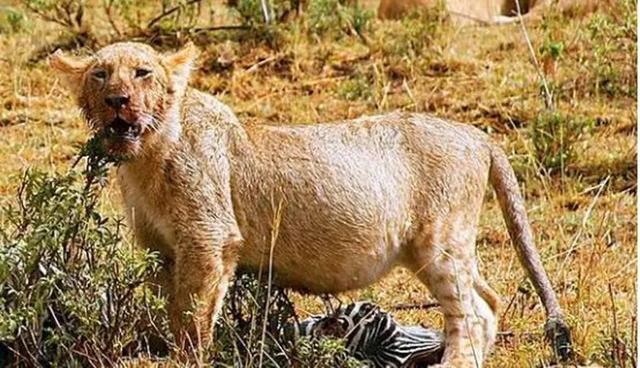
Why does the lion's primordial pouch look less pronounced than the tiger's?
The tiger's primordial pouch is indeed more pronounced than the lion's in the same fasting situation, and this is for two reasons.
First: Habitat. Tigers are typically solitary animals, whereas lions are typically herd animals, and herd animals have a better hunting success rate than solitary animals. Take lions and tigers for example, the average hunting success rate of tigers is only about 20%, but when lions work together, the hunting success rate can increase to over 30%.
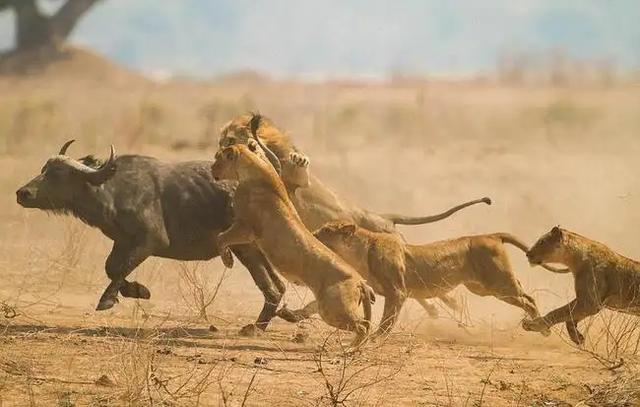
At the same time, the density of prey in the wild is overall higher in lions than in tigers, which makes it less likely that lions will be as hungry as tigers, and a relatively full stomach obviously makes for a tighter primal pouch.
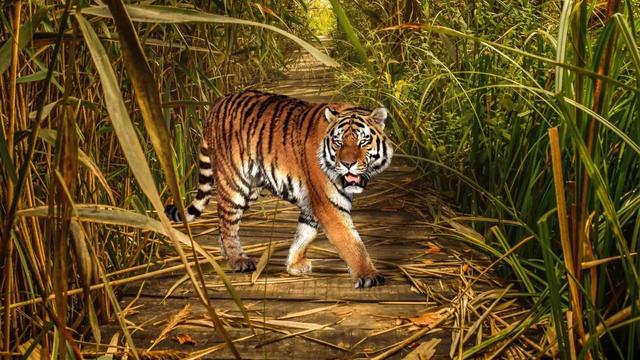
Second: Survival environment. There are six subspecies of tigers in existence, and the degree of proneness of the primitive pouch actually varies among the subspecies. Among the six species, the northeast tiger has the most pronounced primitive pouch, while the sumatran tiger and the bengal tiger have relatively less dynamic pouches.

Sumatran tigers
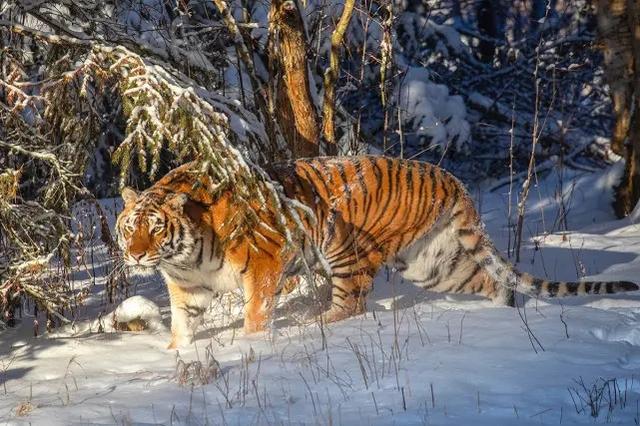
Northeastern tigers
The sumatran tigers live in tropical rainforests, while the north-eastern tigers live in temperate regions.
Tigers generally rest on the ground, and as tigers living in temperate zones, the ability to keep their abdomens warm in winter on the ground is a key factor, so the length of the abdominal fur of the northeast tiger is the longest of all tiger subspecies.
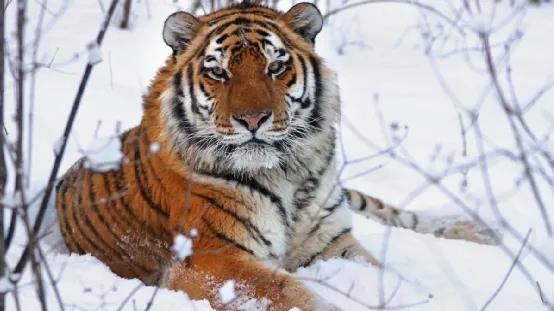
However, both african and asiatic lions live in the tropics, where lying on the ground is not cool but somewhat hot, which makes their abdominal hair tend to be shorter. So, again, with both having primitive pouches, it is clear that the animal with the longer abdominal hair looks more obvious.
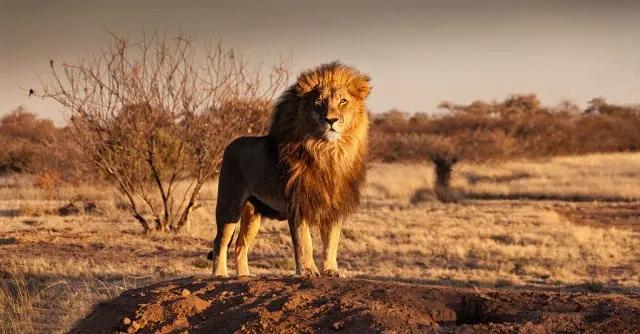
This feature, known as the 'primitive pouch', is a family evolutionary trait that is beneficial to the survival of all felines, and in our opinion, the tiger's primitive pouch is more pronounced than the lion's because of the length of their abdominal hair, the abundance of prey in their environment and their hunting success.






